#austronesian
Text
a too-common misconception about the origins of filipinos is that we are all descended from the aeta. we are not. “aeta” refers to a specific ethnic group native to certain places in luzon such as zambales and pampanga, but is also commonly used as an umbrella term for several related ethnic groups across the philippine archipelago. they are identified by physical characteristics such as dark skin and very curly hair (leading to a false belief that they are descendants of black africans) as opposed to those of majority of the country who have lighter skin and hair that is either straight or of looser curl patterns (also falsely believed to be markers of the so-called malay race.)
the aeta are an ethnic minority; as of 2010, there were a documented <100,000 out of millions of filipino citizens identifying as such. it is clear majority of filipinos are not of aeta descent. so where does this myth that all filipinos “descend” from the aeta come from?
generations of miseducation has led the average filipino to believe that, out of the hundreds of ethnic groups native to the philippines, it is the aeta in particular who are the original people who came to the philippines prior to the advent of the austronesian expansion. in other words, filipinos view the aeta as a pure people who are remnants of the old world.
this is not true because:
DNA evidence from the luzon aeta, mamanwa ata, batak, & other similar peoples indicate ancestry from BOTH the earliest settlers of what is now the philippines (commonly referred to colloquially and in the literature as negritos but also sometimes as basal australasians and first sundaland peoples) and later migrants associated with the austronesian expansion.
all other native populations in the philippines save for igorot peoples also show admixture from both negrito/basal australasian/first sundaland peoples and later migrants, most significantly the austronesian speakers. what’s notable is the varying degrees of admixture among aetas and non-aetas.

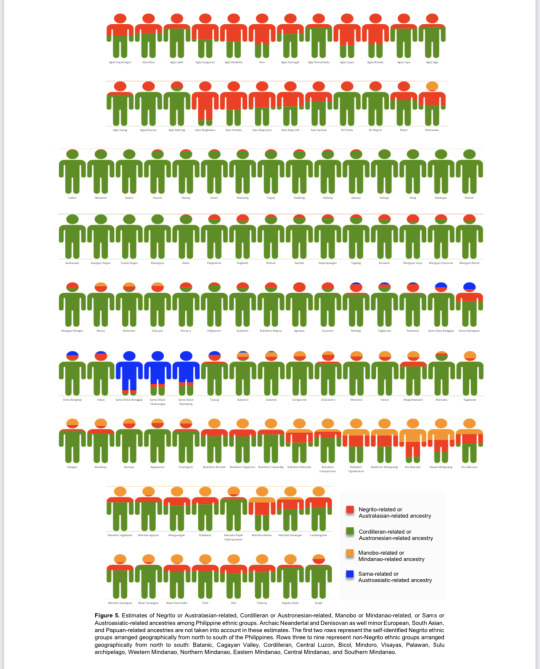
two graphic charts showing the peopling of the philippines and genetic admixture in modern populations. taken from the study, “Multiple migrations to the Philippines during the last 50,000 years” (2021) by Maximillian Larena et al.
i think what has happened is that “aeta” has become synonymous with the earliest inhabitants of the philippines, the real name for these ancient peoples being unknown to us moderns. it is only the flawed tendency to view indigenous peoples as unchanging relics of the past that has led to the biggest mistake filipinos make when discussing our origins: that is, the constant misuse of the term “aeta” to mean “pureblooded original people” when in reality aeta peoples are also descended from later migrants. when people say filipinos are descended from the aeta, they really mean to say filipinos are descended from the first settlers.
aeta peoples are our contemporaries; they are not our living progenitors but their own people with their own languages, ancestral lands, cultures, and histories.
#philippines#indigenous peoples#pseudoscience#southeast asia#genetics#aeta peoples#sundaland#basal australasian#first sundaland peoples#austronesian#x
76 notes
·
View notes
Text


Descendants of the First Seafarers
Some of the ancestors of the native peoples of Madagascar, Malaysia, Indonesia, and the Pacific Islands (Micronesia, Melanesia, Polynesia) came from an ancient seaborne migration out of Taiwan and the Philippines (2200 BCE - 1250 CE). Cultural traditions still shared among these far-flung peoples today include tātau (tattoos), jade carving, stilt houses, and the cultivation of taro, pork, rice, coconuts, and yams.
#austronesian#pinoy#polynesian#melanesian#micronesian#aanhpi#maori#rapa nui#malagasy#oil on wood#tatau#pacific islander#size chart#gay art
13 notes
·
View notes
Text
youtube
Maisey Rika - Tangaroa Whakamautai (Māori)
#slow folksy soulful pop#maisey rika#tangaroa whakamautai#māori#maori#te reo māori#austronesian#new zealand#oceania#2012#2010s#pop
12 notes
·
View notes
Photo
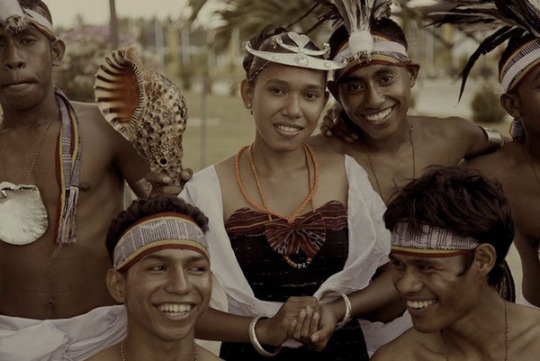
East Timor
32 notes
·
View notes
Text
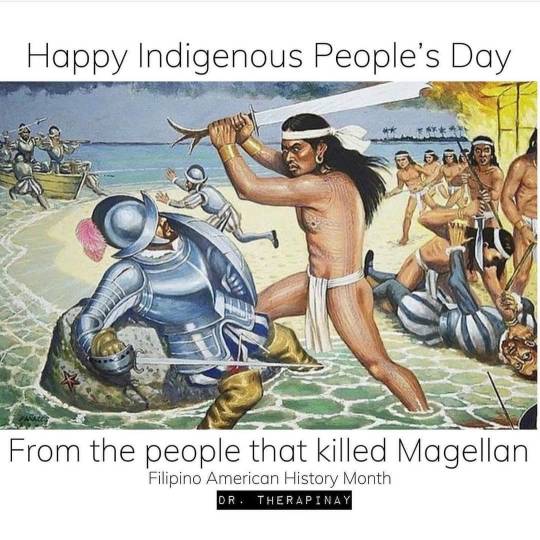
Viva! ✊🏽Mabuhay!🇵🇭 #N8V 🤎🖤
#Mu🌏#N8V#indigenous peoples#indigenous peoples day#naidoc#aboriginal#decolonize#decolonize everything#native filipino#pinoy#indigenous filipino#austronesian#malayo-polynesian#lapu-lapu#ferdinand magellan#battle of mactan#1521#native pride#bayani#mandirigma#kali-eskrima-arnis#colonizer death appreciation
41 notes
·
View notes
Text
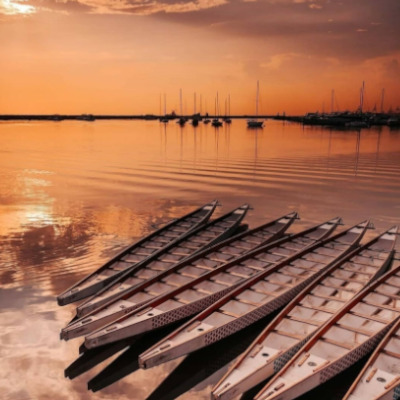

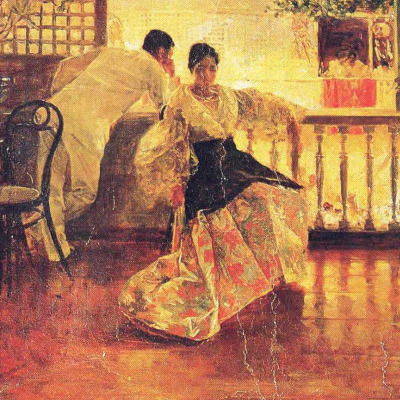






Aesthetic of the languages on earth : Tagalog
Tagalog is an Austronesian language spoken by 82 million people over the Philippines. It is an official language of The Philippines.
#tagalog#languages#language#austronesian#malayopolynesian#asia#southeast asia#philippines#the philippines
19 notes
·
View notes
Photo

Anim ng Arroz Caldo! The number 6 is Anim in Tagalog, Anem or Anemira in Pangasinanse, Anum in Hiligaynon, Anom in Bicolano, Anam in Kapampangan, Innem in Ilocano, and Unom in Cebuano and Waray.
Though it seems Anim and other numbers are common among them, these are still entirely different languages, and not dialects (but they are in the same language family, more on this as we countdown).
Speakers of different languages cannot understand each other, but speakers of different dialects of a language, can!
Examples of dialects include Laguneño and Batangueño, which are dialects of the Tagalog language.
Philippine English and Singapore English are both dialects of the English language. Singaporeans and Filipinos using their specific English can, and do, communicate with each other. Cebuano dialects include Bolanon, spoken in Bohol.
Counting Filipino food printable in Tagalog: https://www.etsy.com/listing/1278160687/learn-filipino-food-alphabet-and-numbers
29 notes
·
View notes
Text
Polynesian Atavisms
As per some previous brainstorming on Twitter and initial further reading up: is Polynesian really just one unremarkable subgroup of the Oceanic languages, or should it be maybe considered a distinct entity from the diverse Melanesian / Micronesian groups?
One of the more unusual features in reconstructed Proto-Oceanic as it stands today are the "labialized labial" consonants, *mʷ *mbʷ *pʷ — reflected fairly widely and yielding in daughters variously just that (e.g. Tawala: /mʷ bʷ pʷ/), or velarized labials (e.g. Marshallese: /mˠ pˠ/) or labial-velars (e.g. Lewo: /ŋm kp/), or labialized velars (e.g. Kwaio: /ŋʷ gʷ kʷ xʷ), or also various other less distinct stuff. Where these have common Malayo-Polynesian etymologies (though most don't), they seem to just arise from plain *p/b, *mp/mb, *m without any single conditioning factor. This, among other things, gives many Oceanic languages relatively rich consonant inventories by Austronesian standards.
But in Polynesian there's again no systemic sign of these. Supposedly they just merge back into the labials! (I gather same also in a variety of other Oceanic languages, but the literature I have checked doesn't bother explicitly listing all known cases.) Some cases still also with *m > *mʷ > Proto-Polynesian *ŋ, but my contact linguist senses suggest that this might be loans from some *ŋʷ or *ŋm type language.
So why should we think the labialized labials ever existed in Polynesian at all? It seems to me that the rise of this kind of a highly distinctive new phonological category is unlikely to just immediately disappear again in a single step. The later Polynesian languages do show a trend towards inventory simplification, but very step-by-step. Intermediate stages towards something highly minimal like Hawai'ian can be indeed still attested in the other languages. This is not the case with the loss of the *Pʷ series as far as I can tell. And it's also not the case that Polynesian would be known to group deep into a tree of Oceanic languages, it's usually put as basically direct daughter of a primary branch (Central Pacific) together with Rotuman and Fijian. Neither of which seems to have generally kept the *Pʷ series either. (Fijian has instead unrelated labialized velars, seemingly from POc. plain velars again without much of an explanation. Ross 2011 proposes also a distinct *kʷ already into POc…)
So perhaps there instead existed a "Proto-Near-Oceanic" or the like, which was the real node innovating the *Pʷ series, and which later spread partly further across the original spread of Oceanic — leaving Polynesian now kind of insulated in the east (mostly: there are still the Polynesian outlier languages which have come back west into Micronesia and Melanesia). Maybe there could be even a series of nodes adding the labiolabials in gradually. Some languages like Western Fijian are claimed to not distinguish e.g. *p = *pʷ, but do distinguish e.g. *mʷ | *m (as ŋʷ | m). I don't know the archeology of the original spread of Oceanic in a ton of detail, but it would make sense that skilled seafarers might have formed their first substantial Far Oceanian settlements (i.e. not just trading outposts or the like) on newly found islands entirely like, say, Vanuatu, versus require at least some time to properly claim ground in places like New Britain and Bougainville that already had long-established "Papuan" populations.
(incidentally why do we call these "Papuan", when many of the families have no presence on the island of New Guinea itself? shouldn't something like "Paleo-Oceanic" be more appropriate for this gaggle of non-Austronesian languages?)
Also a second feature that could perhaps be an archaism in Polynesian is the case of the prenasalized consonants, *mb *nd *nr *nj *ŋg (also transcribed *b *d *dr *j *g). They come relatively straightforwardly from the corresponding Proto-Malayo-Polynesian clusters (with some further shuffling: *nt > *nd but *nd > *nr, and *ns > *nc > *nj), but also arise in various cases without a PMP precedent. And then they again merge back with plain stops in Polynesian. The only trace of them having existed is that "lenited *p" > *β turns instead into PP *f, while there's supposedly no "lenited *mb" (currently unsure to me if there is any reason that there should've been one). Sure enough the clusters attested in PMP suggest that Polynesian did go thru at least the usually assumed stage with secondary voiced stops *b *d *g, this is probably more common than direct loss of nasals from clusters like *mp *nt *ŋk. But the "irregular" cases of prenasalized consonants again seem to not be needed for anything in Polynesian, and maybe they could be similarly innovations in Proto-Near-Oceanic.
#historical linguistics#language classification#phonotypology#polynesian#oceanic#austronesian#historical phonology
27 notes
·
View notes
Text
does anyone wanna talk about austronesian linguistics with me without getting a lil too nationalistic about it
5 notes
·
View notes
Text
[OPEN ACCESS] “How Taiwan Became Chinese: Dutch, Spanish, and Han Colonization in the Seventeenth Century” by Tonio Andrade
Table of Contents
Acknowledgments
Preface
Reader's Guide
Introduction
1. Taiwan on the Eve of Colonization
2. A Scramble for Influence
3. Pax Hollandica
4. La Isla Hermosa: The Rise of the Spanish Colony in Northern Taiwan
5. The Fall of Spanish Taiwan
6. The Birth of Co-Colonization
7. The Challenges of a Chinese Frontier
8. "The Only Bees on Formosa That Give Honey"
9. Lord and Vassal: Company Rule over the Aborigines
10. The Beginning of the End
11. The Fall of Dutch Taiwan
Conclusion
10 notes
·
View notes
Photo

This is a sketchbook doodle of two portraits representing the Polynesian peoples. The Polynesians are a branch of the larger Austronesian ethnolinguistic group which spread from the island of Taiwan and dispersed throughout the Indian and Pacific Ocean regions, with the Polynesians reaching as far afield as New Zealand, Easter Island (or Rapa Nui), and of course the Hawaiian Islands. Although most Polynesian ancestry is related to that of Southeast Asians like the Malays and Filipinos, about twenty percent of it can be traced to admixture with the darker-skinned Australasian peoples indigenous to Oceania.
4 notes
·
View notes
Text
youtube
Folksy Friday | Matato'a - Here Ma'ohi (Rapa Nui)
#folksy friday#mix of modern and traditional polynesian sounds#matato'a#here ma'ohi#rapa nui#vānaŋa rapa nui#iso:rap#austronesian#easter island#south america#oceania#what year#1990s#traditional#rock#chile
2 notes
·
View notes
Text
Within a millennium or so after the Ta-p'en-k'eng culture reached Taiwan, archaeological evidence shows that cultures obviously derived from it spread farther and farther from Taiwan to fill up the modern Austronesian realm (Figure 17.2).
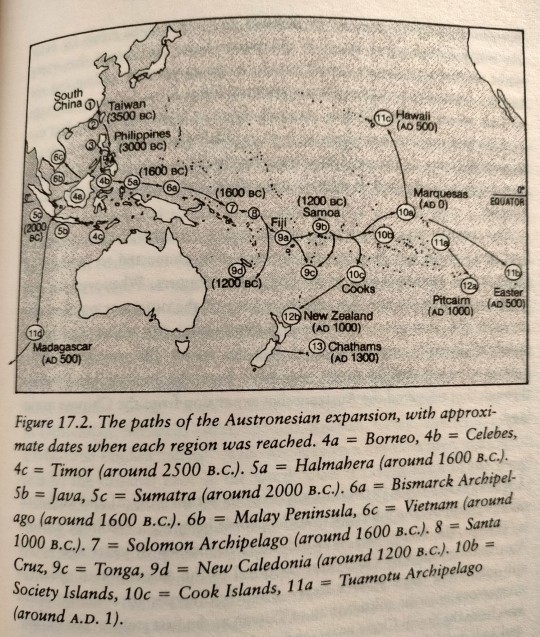
"Guns, Germs and Steel: A Short History of Everybody for the Last 13,000 Years" - Jared Diamond
#book quotes#guns germs and steel#jared diamond#nonfiction#tapenkeng#taiwan#culture#language#linguistics#austronesian
4 notes
·
View notes
Text
The Austronesians who went on to colonize Polynesia became isolated from East Asian metallurgy and writing and hence remained without writing or metal.
"Guns, Germs and Steel: A Short History of Everybody for the Last 13,000 Years" - Jared Diamond
#book quote#guns germs and steel#jared diamond#nonfiction#austronesian#colonization#polynesia#east asia#metallurgy#writing systems#metal
2 notes
·
View notes
Link
Pakung Conlang Showcase video
This is the Early Pakung Religion's most sacred aspect: language
Hallo! I can finally finish my Pakung Conlang showcase video after a really long three years! The video will also cover many worldbuilding aspect of the language, so I hope it will be enjoyable
The conlang is based on Proto-Austronesian language, so if you're familiar with Austronesian languages, you might find it... somehow familiar (edited)
#conlang#constructed language#austronesian#fantasy language#worldbuilding#pakung#budkalon#conlang showcase#youtube video
3 notes
·
View notes
Text
Samoan Vs Filipino pt.1
Note: yes, you're probably wondering 🤔 "...but I thought in Filipino the words for (mother/father) is 'Tatay' & 'Nanay'. This is true. However in more traditional sense we say AMA and INA. Nay and Tay is indigenous Nuahtzal (Mexican) lexicon from our roots with them too.
#samoan#filipino#austronesian#oceanic#indigenous#n8v#Nuahtzal#mexican#roots#linguistics#we all share the pretty much the same words from Numbers 1 to 10#decolonize#pacific islands#polynesian
6 notes
·
View notes